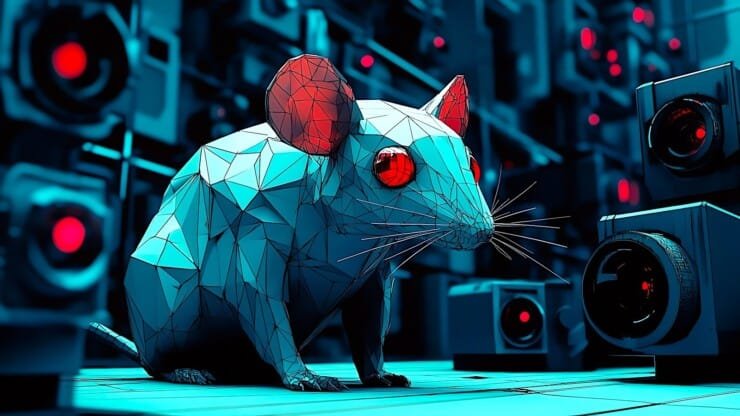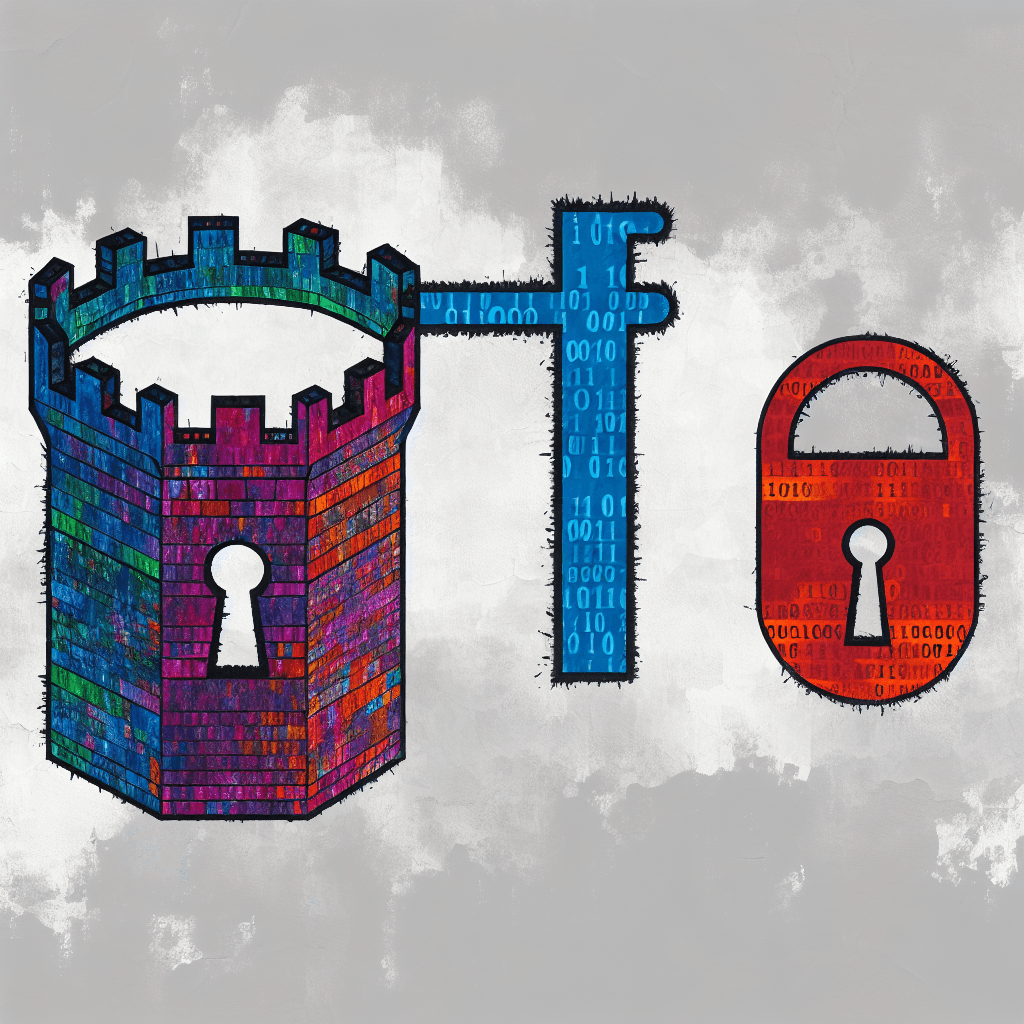A recent move by Cloudflare shows how serious the digital battlefield has become. This firm, which protects websites from attacks, decided to hide the top domains associated with the Aisuru botnet from its public list. This isn’t just a simple tweak; it’s a necessary shield against a dangerous menace. The botnet, a vast network of compromised devices like cameras and routers, has grown so massive that it can launch attacks with a terrifying power they’ve hit nearly 30 terabits per second. This is a clear sign that cybersecurity leadership must adapt quickly, blending CISO thought leadership with technical sharpness.
When Cloudflare acts so swiftly to hide these malicious domains, they’re sending a message. It’s about stopping the bad guys from showing off how strong their arsenal is. But beneath that move lies a deeper truth. The Aisuru botnet isn’t just about chaos; it’s about control. These hackers are using it to jack up their rankings and, at the same time, hammer Cloudflare’s systems — an attack on the very core of information security in the age of AI. Cloudflare’s decision underscores a simple fact: cybersecurity experts must stay ahead. They must use their CISO expertise to recognize when visibility becomes a weapon wielded by attackers. Scrubbing these domains isn’t just a PR stunt. It’s a strategic effort to keep the internet safe from a growing swarm of malicious devices turning everyday objects against us.
What Does Aisuru Botnet Mean for the Future of Cybersecurity?
This incident points to a larger trend that keeps security leaders awake at night. Hackers aren’t just after quick profit; they want dominance in the digital world. The Aisuru botnet shows how easily compromised IoT devices—those internet-connected cameras and routers—can be weaponized. It’s a wake-up call. As technology evolves, so does the complexity of the threats. Cybersecurity leadership today calls for more than just reactive measures; it demands strategic thinking fueled by CISO thought leadership.
For non-technical audiences, what matters is this: the fight against cyber threats like Aisuru involves constant vigilance. It’s about understanding that malicious actors are always finding new ways to climb higher in the rankings, to attack stronger, and to disrupt more severely. Cloudflare’s move to redact Aisuru’s domains from their list acts as a reminder for all of us. The battle is ongoing, and it calls for a nuanced approach—one that combines sharp technical insights with proactive leadership.
In this context, the role of the CISO is key. They must not only defend but also anticipate. They need to foster a culture of cybersecurity leadership, where everyone understands the stakes. Protecting information security in the age of AI is not just about tools and firewalls; it’s about guiding organizations through the maze of digital danger. Cloudflare’s effort to hide the botnet domains is a small but telling sign of the larger fight—a fight that will only intensify as malicious networks like Aisuru grow ever larger, ever smarter. It is a call to action for every cybersecurity professional to stay vigilant, innovative, and strategic.
Digital Security: A Necessity for Modern Enterprises
Reflect on these crucial lessons:
- Enhance IoT Security—Implement strict device security protocols. Use strong, unique passwords. Regularly update firmware. This prevents botnet infiltration.
- Monitor Traffic Patterns—Use advanced analytics to spot unusual spikes. Detect DDoS activity early. Quarantine suspicious devices swiftly. This reduces attack impact.
- Diversify DNS Usage—Avoid reliance on a single DNS provider. Use multiple, secure DNS services. Implement DNS filtering and validation. It minimizes DNS manipulation risks.
- Implement Robust Incident Response—Develop clear protocols. Practice rapid disconnection of compromised systems. Coordinate with ISPs and cybersecurity specialists. This minimizes damage.
Each lesson reflects core principles from ‘Securing Success in a Digitally Driven World’—the importance of proactive security and resilient infrastructure in an interconnected era.
From the Author
Recent statistics show a worrying trend in cybersecurity: attacks are becoming more frequent and more severe. This escalating problem underscores the need for a collective approach in the cybersecurity community. Sharing knowledge, resources, and best practices is crucial to staying one step ahead of cybercriminals.
I endeavor to curate stories like this one on my website. This serves a dual purpose: firstly, to provide a valuable reference for my writing endeavors, and secondly, to share insightful narratives with the wider community. If you like this story, you should check out some of the other stories in the Management section or Small Business section.
You can also find more of my Cybersecurity writings here in the Cybersecurity section.
To check the original story Click here
Learn Something New
Here are some free Information Security Tools TrendMicro Tools.







